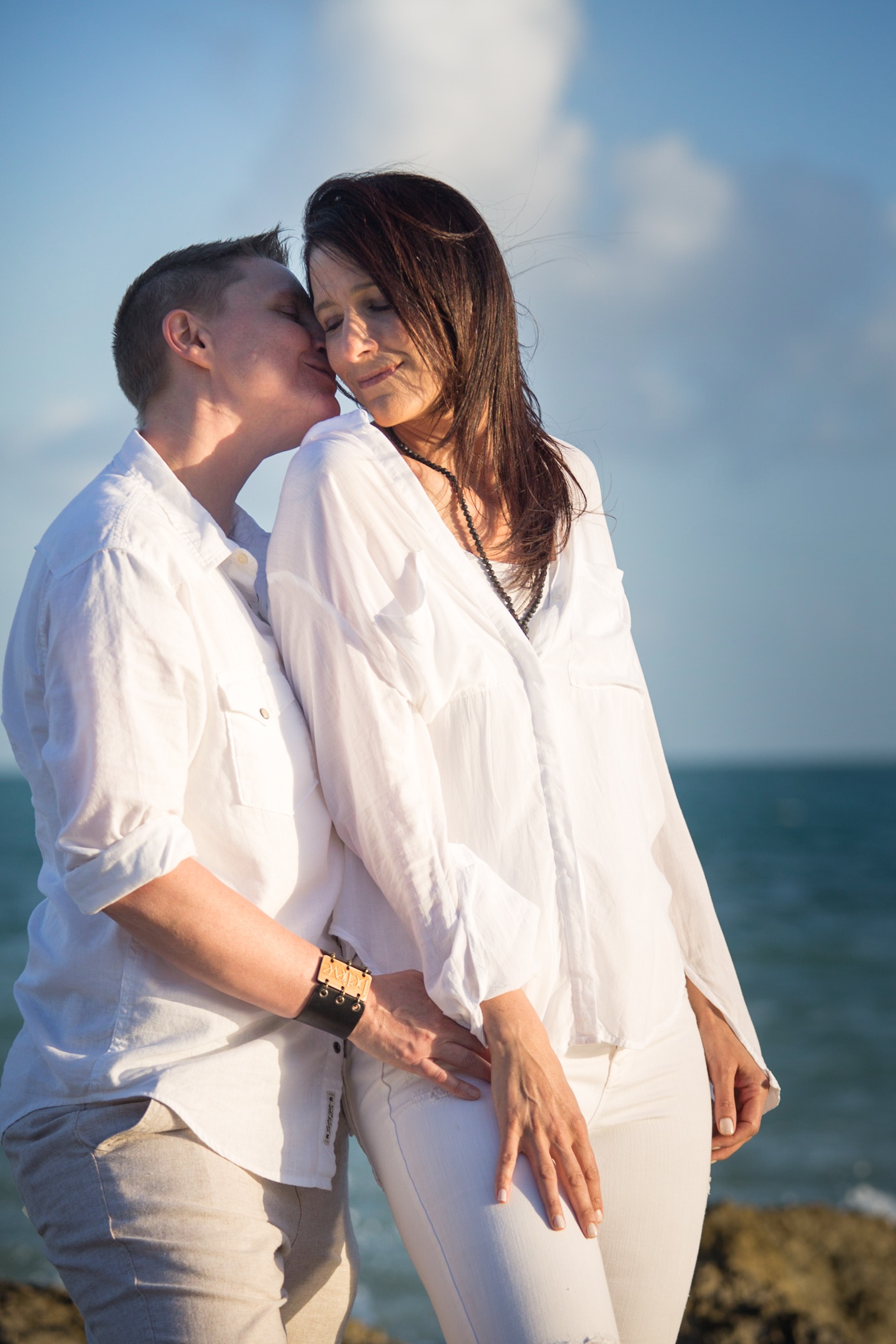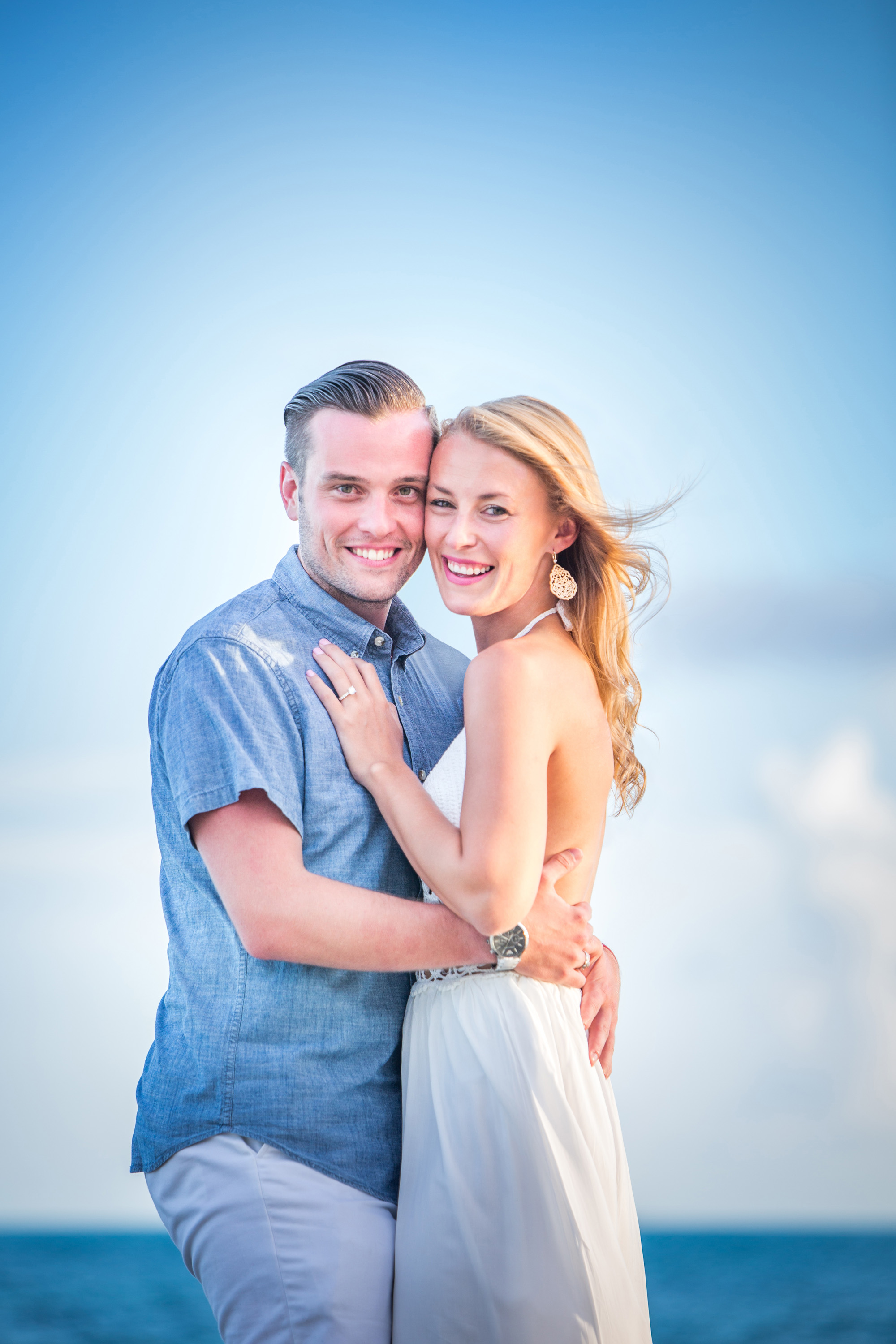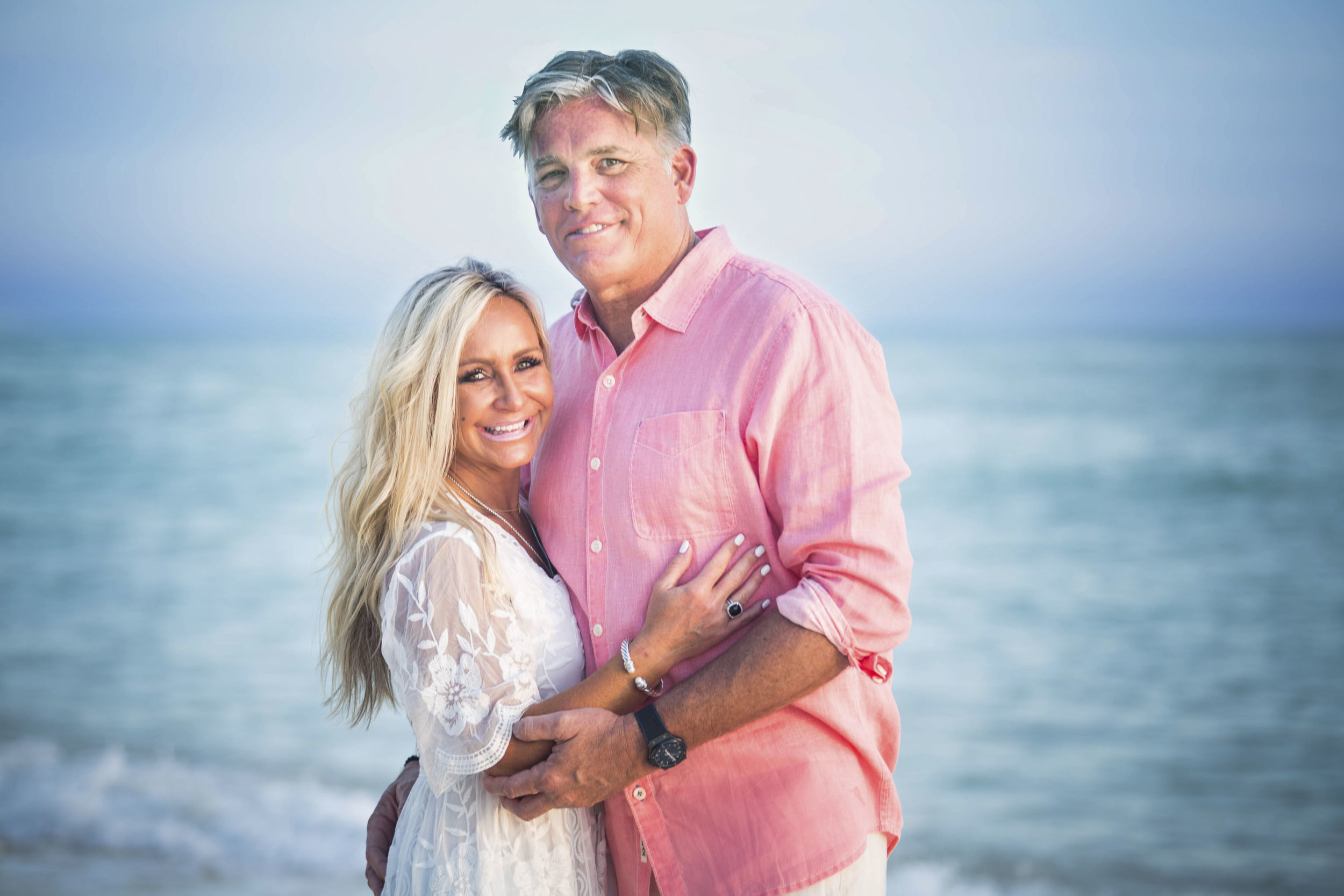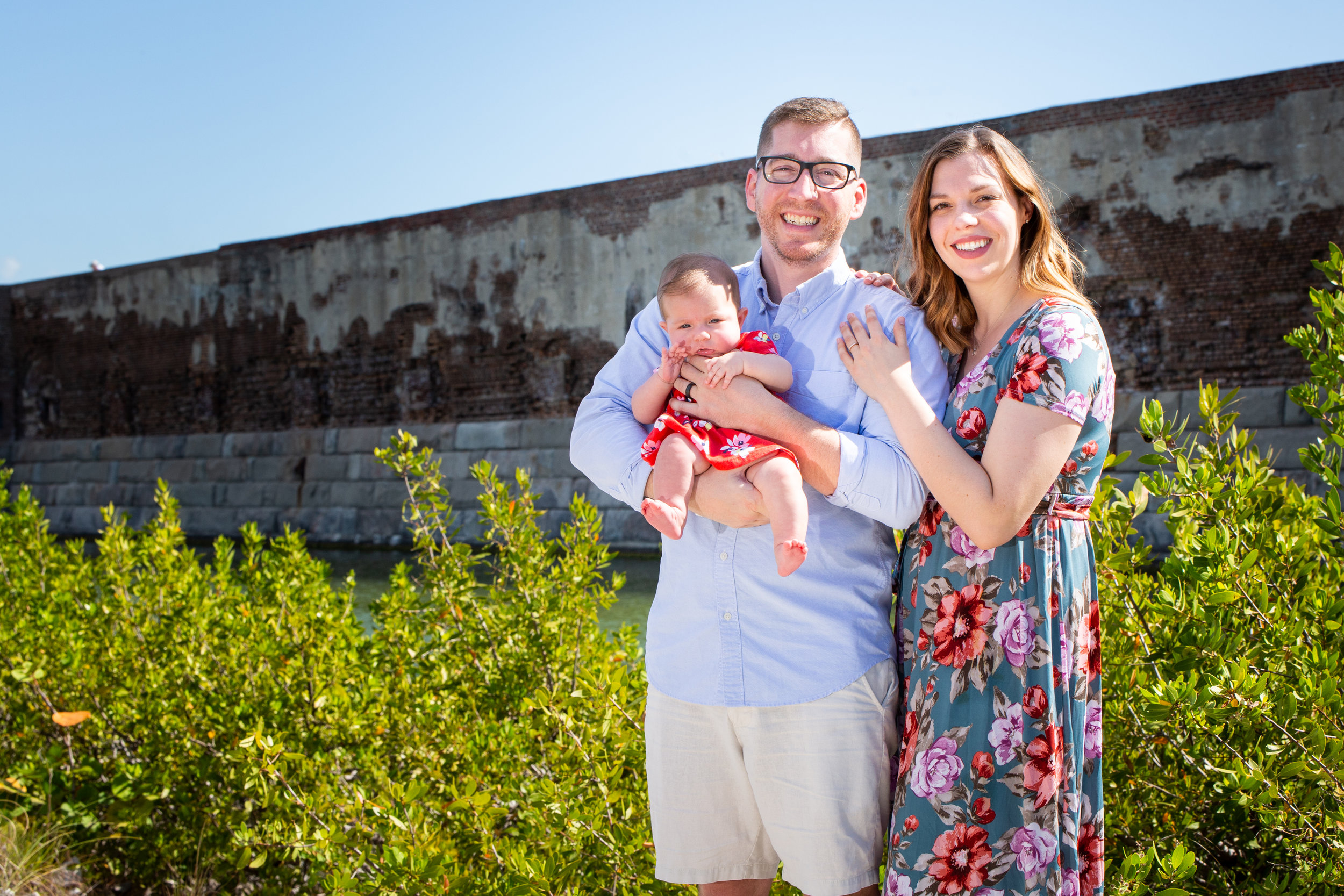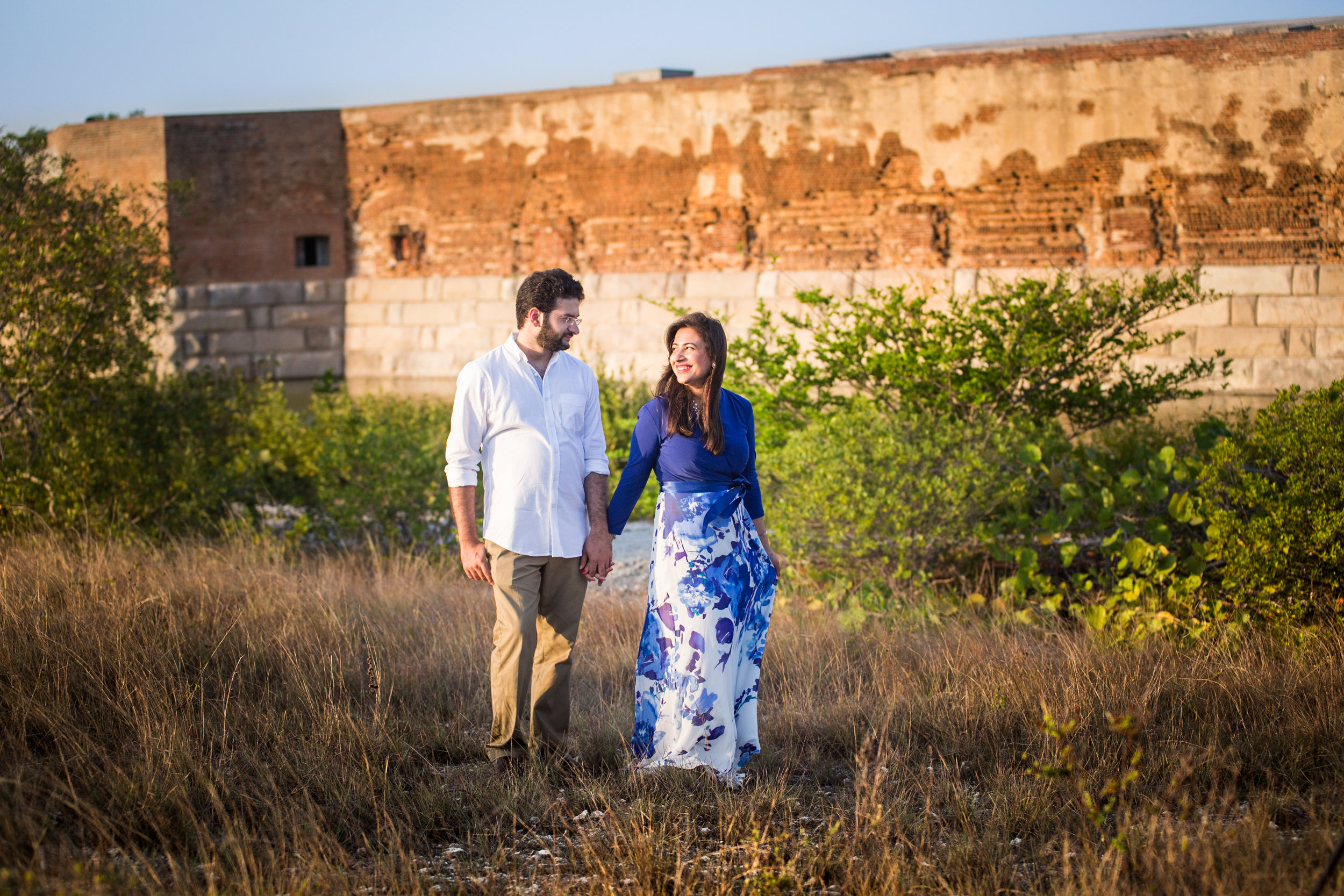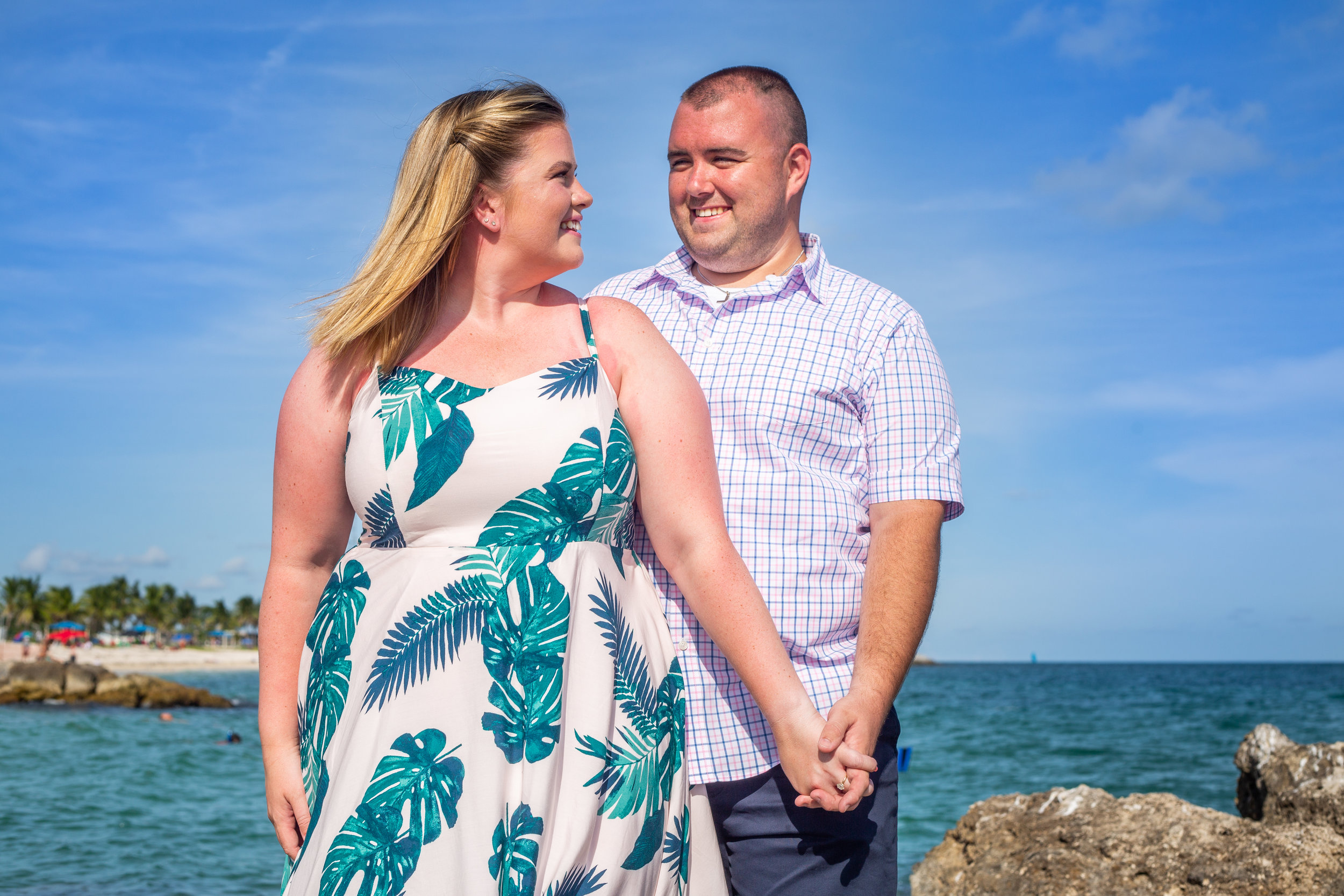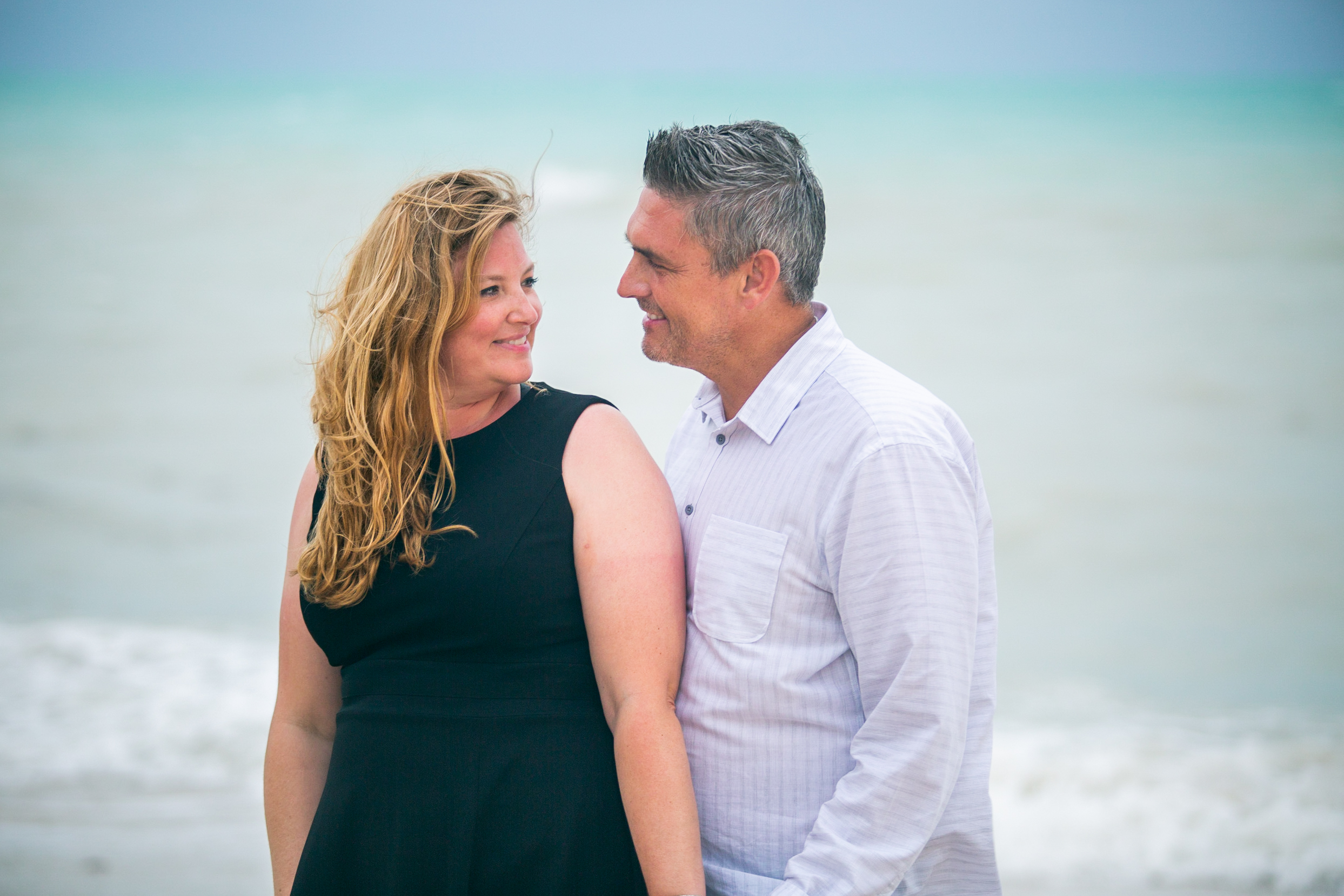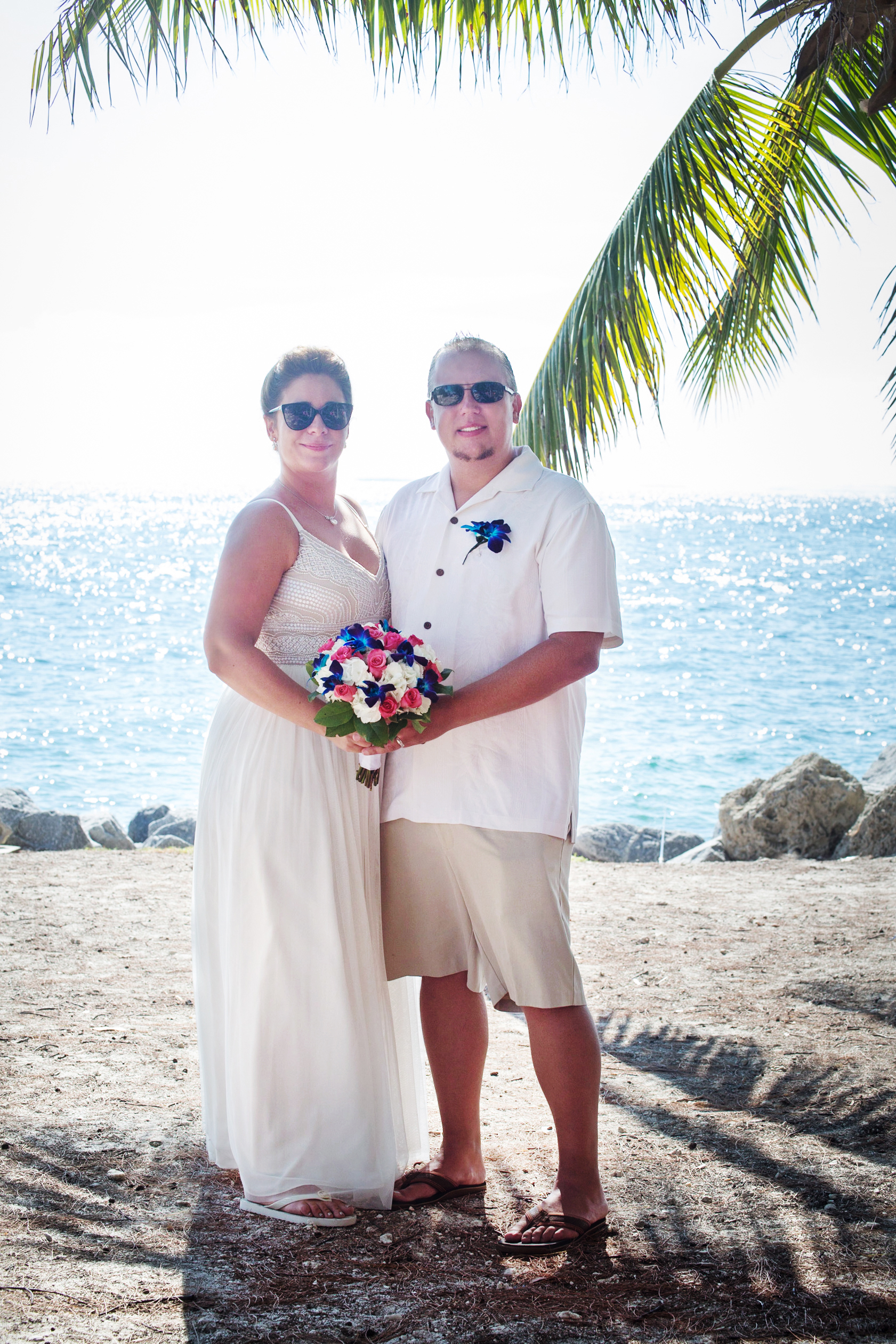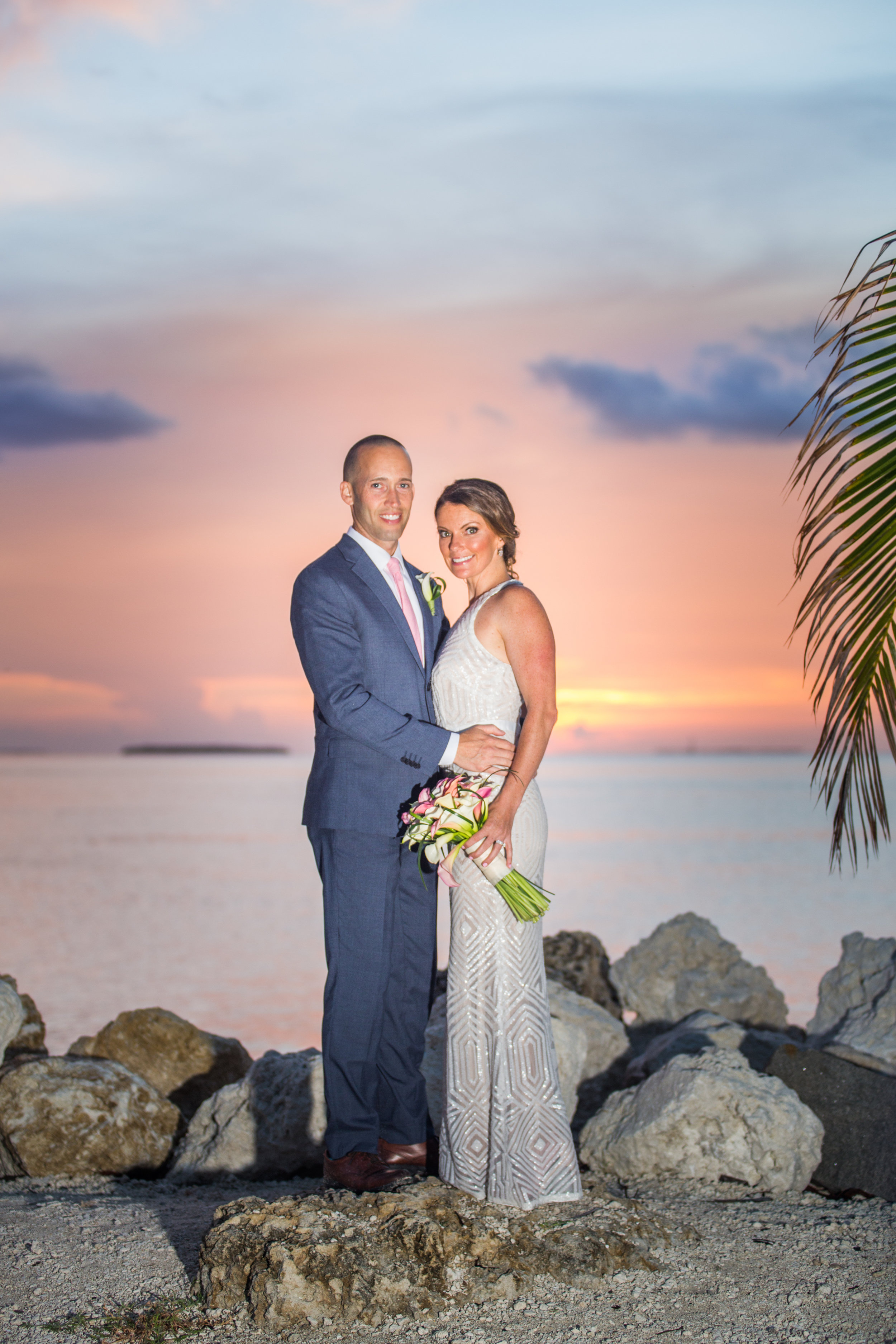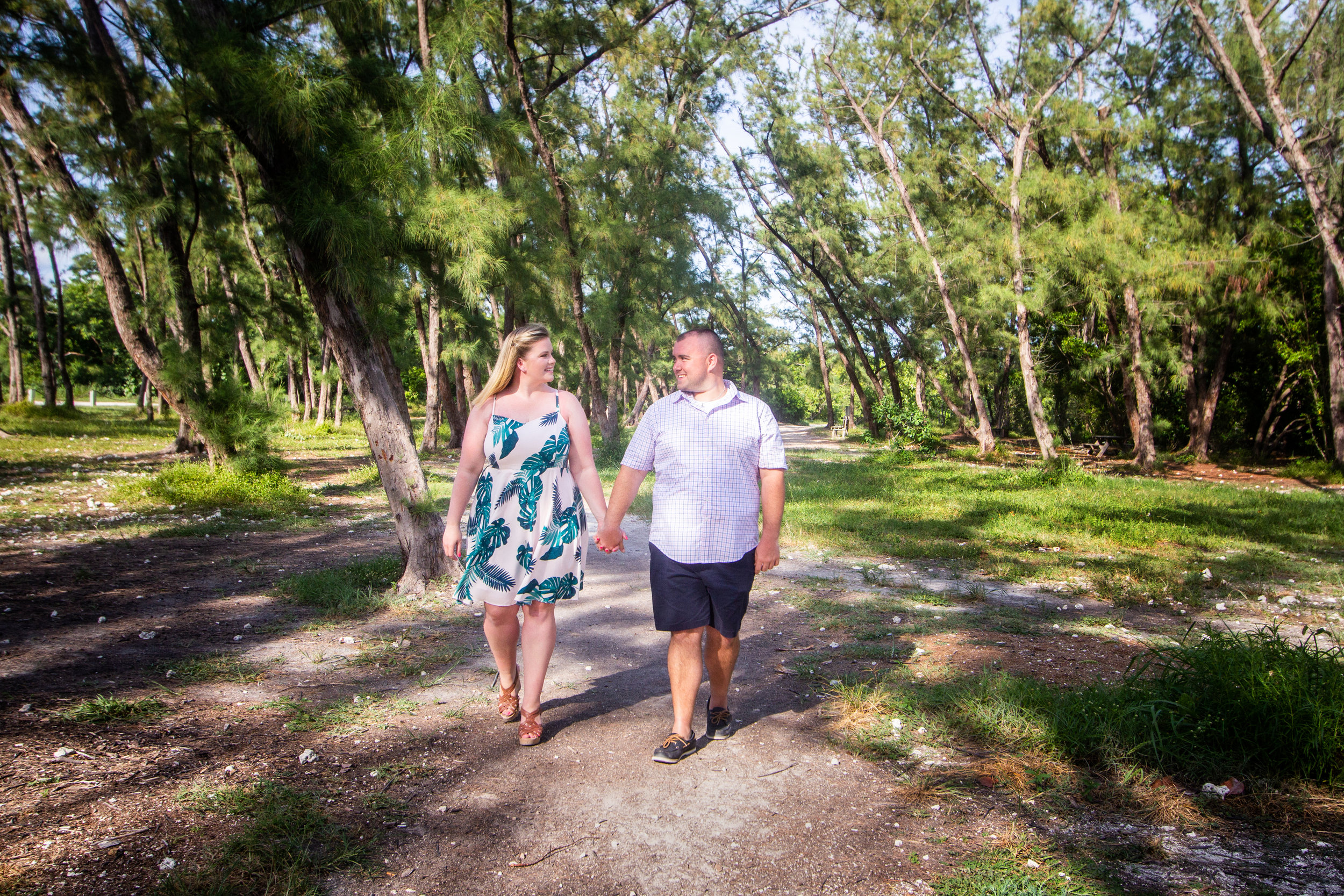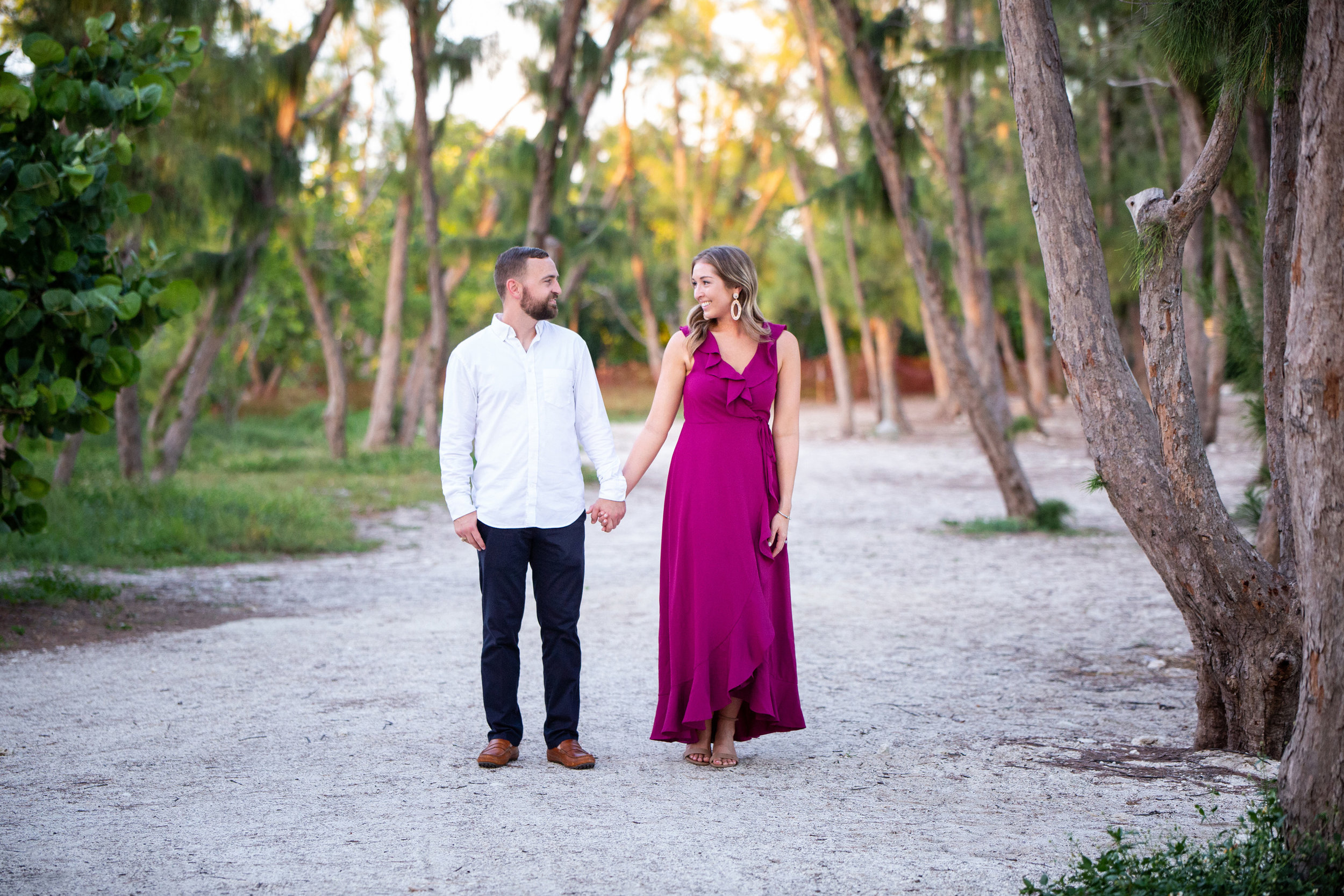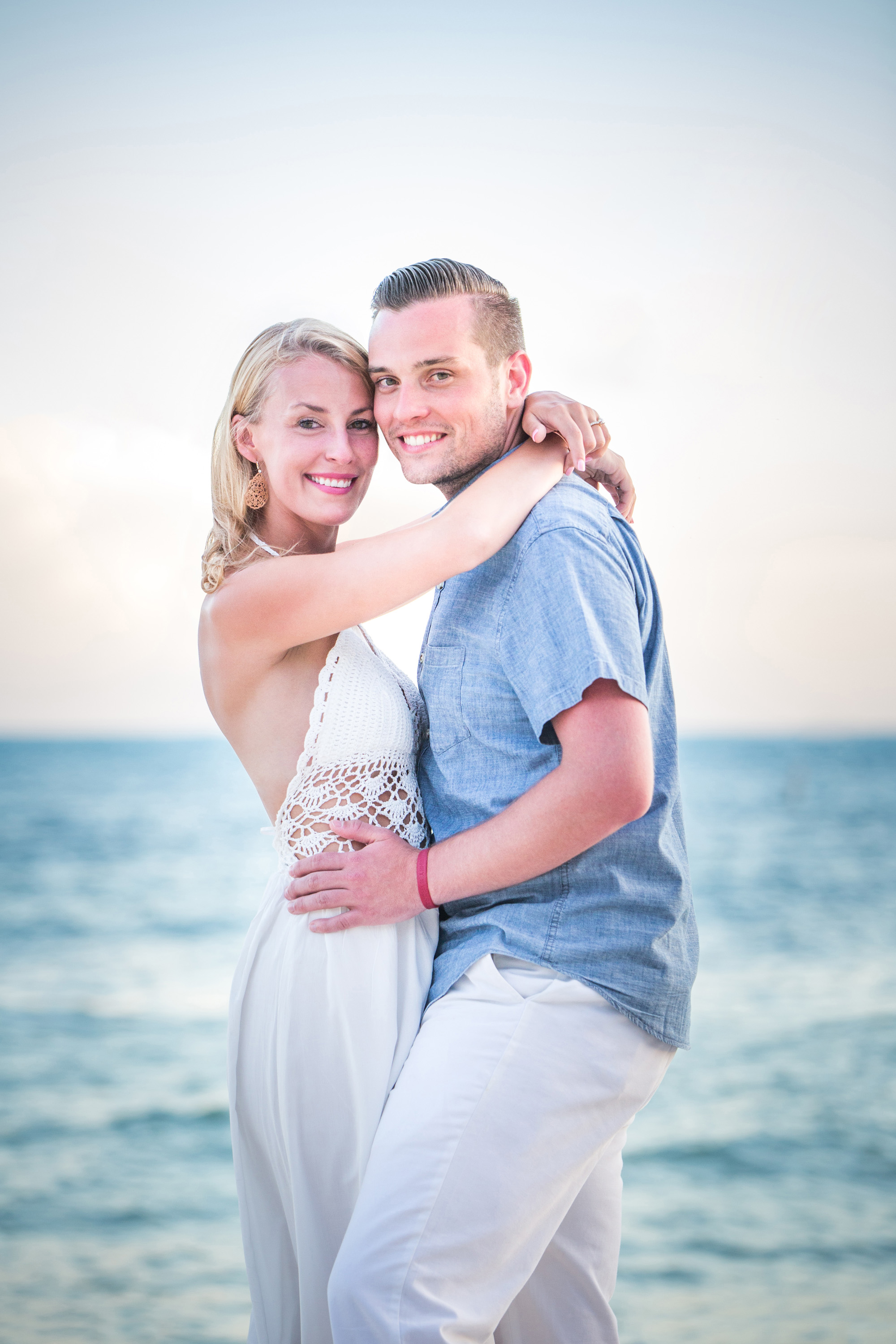The Benefits of Shooting in the Late Afternoon
You may have heard photographers talk about “the golden hour” - that time of day when they love to shoot - but have you ever wondered why? Yes, the warmth of the light (from which it gets its name) is one reason, but there are many more factors that make scheduling an outdoor photo shoot later in the afternoon a good choice!
1) We Have More Control Over the Light and Shadows
While you can certainly get beautiful and meaningful photos earlier in the day, as a photographer, my job is control light (the word “photo” literally means “light”, as in “photon”). I have much more control over it when I am working in its best possible state. When the sun is near the horizon, it is coming from one direction. I can angle my subjects into it, out of it, I can put the sun behind me and create a more flat, even light, I can put it to the side and create a slightly more Rembrandt-style light, or I can put it behind the subject for a silhouette effect. The point is, when the light is coming from a singular direction, I have much more artistic control, than when the sun is higher in the sky, and the light is spilling down from overhead, going in every direction.
Here is an example of what I mean.
The image on the right was taken about 30 minutes before sunset.
Since the sun is now not as bright, I can open up my lens, which gives the water in the background a much softer look, and because I can slow down my shutter speed slightly, it allows the more cerulean color of the water to come through into the camera.
The image on the left was taken about 2 hours before sunset…still coming from the side, but much “hotter” and “whiter”, creating a more punchy look. Since the sun is brighter at that time, I have to stop down (make smaller) the opening in my lens (the aperture), to cut back the amount of light entering the camera (to get proper exposure so the subject isn’t too bright), but that also has the side effect of darkening the background slightly, so notice the water has a darker appearance and almost looks dark gray.
The majority of my photo shoots happen in the few hours before sunset, whenever I can help it, as we get the best combination of lighting, color, shadow, and background control.
2) The Colors Are Much Warmer
Without getting into the laws of physics, light changes color as it changes temperature. Morning light is more blue-ish, while afternoon light is more golden.
Notice these two images taken in the same spot.
(Also, before I go on….just to be clear….the earlier images showcased in this post are still lovely photos and I’m personally and professionally happy with them, they just definitely have more areas that - stylistically speaking for me and my personal preference - could use improvement on a technical level….that’s not to say we can “never” shoot earlier in the day, and when I do, I often try to find specific locations that lend themselves to a better midday lighting, often scheduled to work around baby sleeping schedules and moods, other activities on vacation in Key West, or my own availability)
The image on the left was taken about 10:30am. Notice the brick in the background is darker, and the gray areas of the brick has a grayish-blueish tint to it. Notice too (to tie back into #1 above) that the highlight coming from the top right of the couples’ faces, angling the shadows in a more downward direction, rather than a lateral “left to right” or “right to left”, as you get in the later afternoon. Notice too that the color on the greenery gives the foliage a much more “contrasty” appearance.
The image on the right was taken about an hour before sunset.
The brick has that beautiful warm glow that brings out the color of the fortress, the foliage greenery is a bit more muted, the highlight and shadow pattern is more lateral, and it just has a more “warm tropical” vibe to it.
Whenever possible, I like to shoot photos at the Fort Zachary fortress later in the afternoon because of the beautiful lighting and warm tones we get at that time of day.
3) You’re Much Less “Squinty” Later in the Day
Our eyes can adjust the bright lighting more easily when it’s running parallel to our line of sight, than when it’s crossing over our eyes as we try to look “through it”. Think about your driving commute, and how there are times of the day where the sun is coming in your window at JUST the right angle, and you need your visor to drive, even if you have sunglasses on.
Similarly, when we take photos earlier in the day, you end up needing to “shield” your eyes with your eyebrows and eyelids, so you end up squeezing them together and end up with a more constricted expression.
The other side effect is getting shadows in the circles under the eyes and accentuates any…um…extra “mandibular cushioning” (shall we say?)…that much more. The image on the left was taken around 4pm in the afternoon (about 4 hours before sunset) on a clear day. The image on the right was taken at about 7pm a few days later, and on a day that we had had some rain.
4) When Shooting With Big Open Sky, We Get Better Backgrounds Late in the Day
While #1 above talks about controlling the background, that is in reference to when the sun is behind ME, lighting the subject from the front. This shows what happens to the background when the sun is behind YOU, lighting the scene from the back. While the former requires “stopping down” (making the scene darker to overcome the brightness of the sun), thus making the background DARKER, the latter requires “opening up” (making the scene brighter) to overcome the dark shadows created by the backlit scene.
If you’ve ever tried to take picture with your iPhone standing with a window behind you, and your face was dark, and the window was bright, you get this concept. The same thing applies in the real world, except we use off-camera flash to balance out the difference.
The problem is that unless you want a photo that is so blasted with flash that it looks fake. we have to use a setting that creates a more even look. The sky remains bright and white, but the foreground (the person) is more evenly lit (ie, no longer in shadow).
This “balancing act” becomes much more….well….BALANCED!….as the sun gets closer to the horizon.
The image on the left was taken mid-afternoon, when the sun is still really high in the sky (notice the shadows on the ground are directly underneath the tree). I added just enough flash to lighten the shadows that were being created by the backlit scene, and opened up my settings in my camera so that they were clearly visible. The side effect of brightening the scene, however, is that the background/sky also gets brightened.
The image on the right was taken just after sunset, when the sun had just dipped below the horizon. Because there was less of a difference between the brightness of the background, and the brightness of the couple, I was able to use flash to not only get a good exposure on them, but also was able to leave my camera settings “stopped down” to retain that color and depth in the sky.
5) You Get a Softer, Less Contrasty Scene When the Sun Isn’t Overhead
Even if you’re not worried so much about having to wear sunglasses to keep from squinting, you might consider how the light falling on the scene affects the overall style of the image. Overhead light will hit the leaves and top branches of the trees (or any structure overhead) and the majority of the light will be coming from up high, drawing the eye “up” in the scene, away from you - the person they should be most drawn to!
Notice the difference in the images below. They were taken in almost the exact same spot, just at different times of day.
The image on the left was taken in the middle of the day. The greenery is much brighter and visually distracting in the background, the light is brighter at the tops of their heads and chests, then falls off to a darker color as it reaches the ground. The shadows on the ground are much more pronounced.
The image on the right was taken just before sunset. There are no harsh shadows, the lighting is very even from top to bottom, and there are no distracting “hotspots” in the background to draw the eye away from the moment.
6) What About Non-Beach / Non-Water Areas? Yep, They Look Better Too!
I have focused primarily on the beachy scenes because we shoot so often in areas like that in Key West. But I also do photos around town at various photo-worthy spots.
Even places like the Banyan Tree benefit from the more flattering afternoon light, as you can see below:
7) We Can Achieve a More Consistent Style
Even if the reasons listed above aren’t things you’ve ever thought about, or even if you’re not exactly seeing the subtle differences between them, I would still encourage a late afternoon / pre-sunset shoot, because that is what I primarily show represented on my website, and if nothing else, I want to make sure I can deliver consistently in line with the style, lighting, and overall “look” that was presumably what drew you to my work to begin with, and (hopefully!) one of the reasons you decided to book with me.
While I will happily schedule a shoot at whatever time a client requests and use all of the creative tools, lenses, uses of architecture and background and lighting to achieve the best possible result in any situation, I ALSO feel that it is also my duty and responsibility to give as much education and insight as possible to help clients make that final decision.
But yes, if left to my choice, I will always choose to schedule an outdoor session in the late afternoon.

